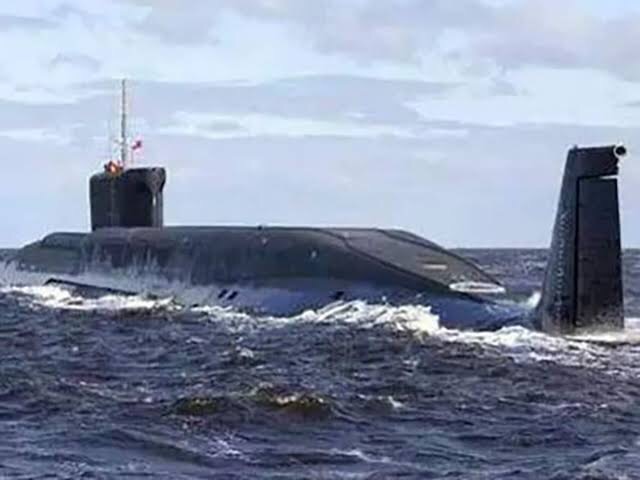India’s nuclear program has raised significant concerns on the international stage, as a series of defense failures point to systemic issues within the country’s military. The recent entry of seawater into the Indian Naval Ship (INS) Arihant highlights gaps in safety protocols and raises questions about the Indian Navy’s capabilities. This incident, coupled with the misfiring of the BrahMos missile, showcases a worrying trend of mismanagement within India’s defense infrastructure.
Further exacerbating these issues is the three-year delay in the INS Arighat project, which reflects serious shortcomings in India’s military planning. Design flaws in the Tejas aircraft underscore the limitations of India’s defense technology, suggesting an alarming disregard for quality standards. Moreover, the use of substandard materials in nuclear projects not only endangers regional safety but also poses severe environmental risks, particularly to South Asia’s marine life.
Drone accidents and failed anti-drone systems indicate further vulnerabilities, all while India continues to invest billions in defense projects despite having 140 million people living in poverty. These priorities have not gone unnoticed by the global community, with experts increasingly alarmed by India’s nuclear capabilities and the threats they pose to global security.
The international reputation of India’s defense forces has suffered due to these repeated failures, and the handling of nuclear materials is now under scrutiny. Pakistan, in response to these risks, has brought the issue of India’s nuclear threats to international forums, including the United Nations, urging a collective response to ensure regional stability.
In light of these incidents, it is crucial for the global community to closely monitor India’s defense strategies and nuclear policies, as they hold far-reaching implications for regional and global security.


